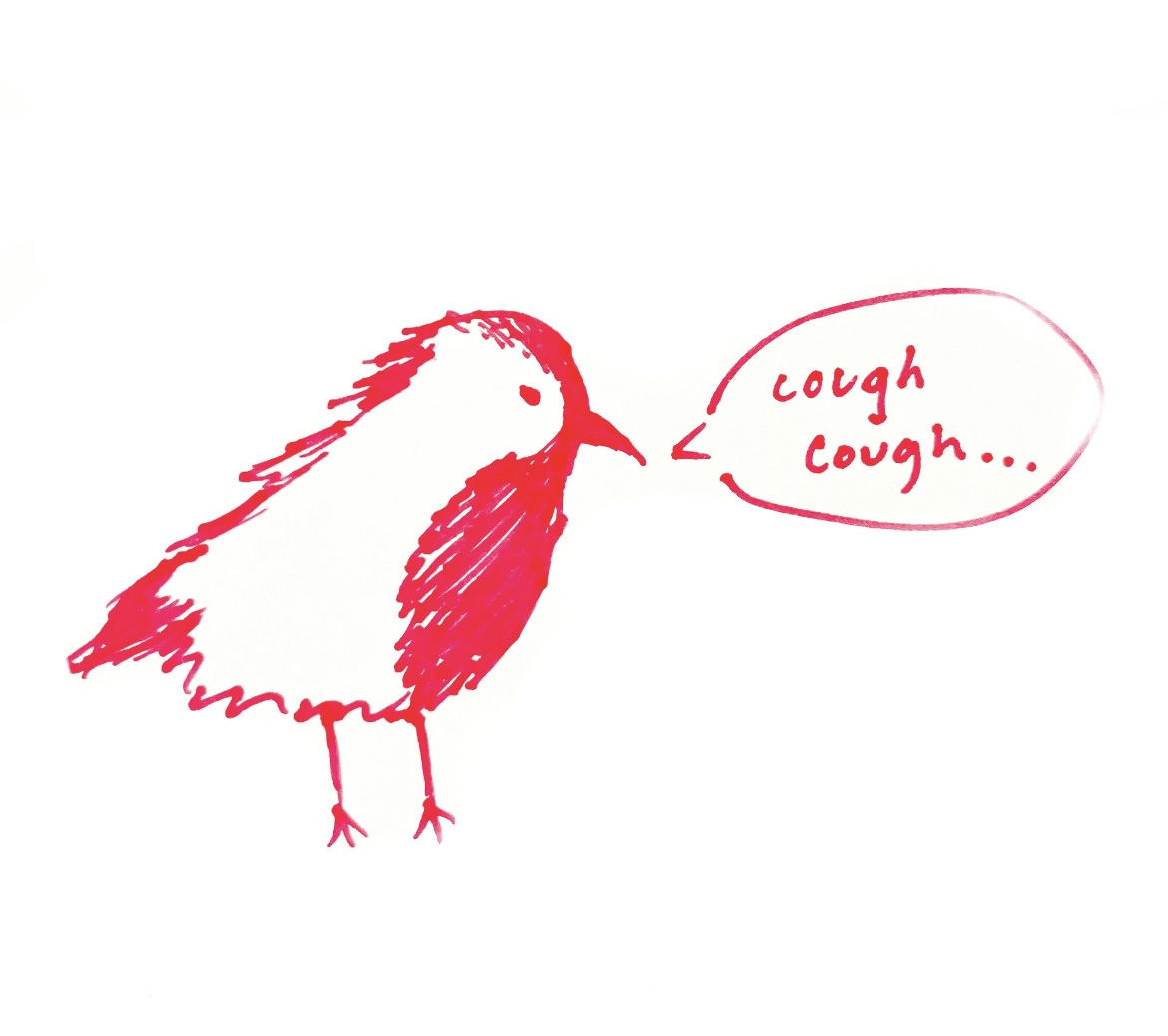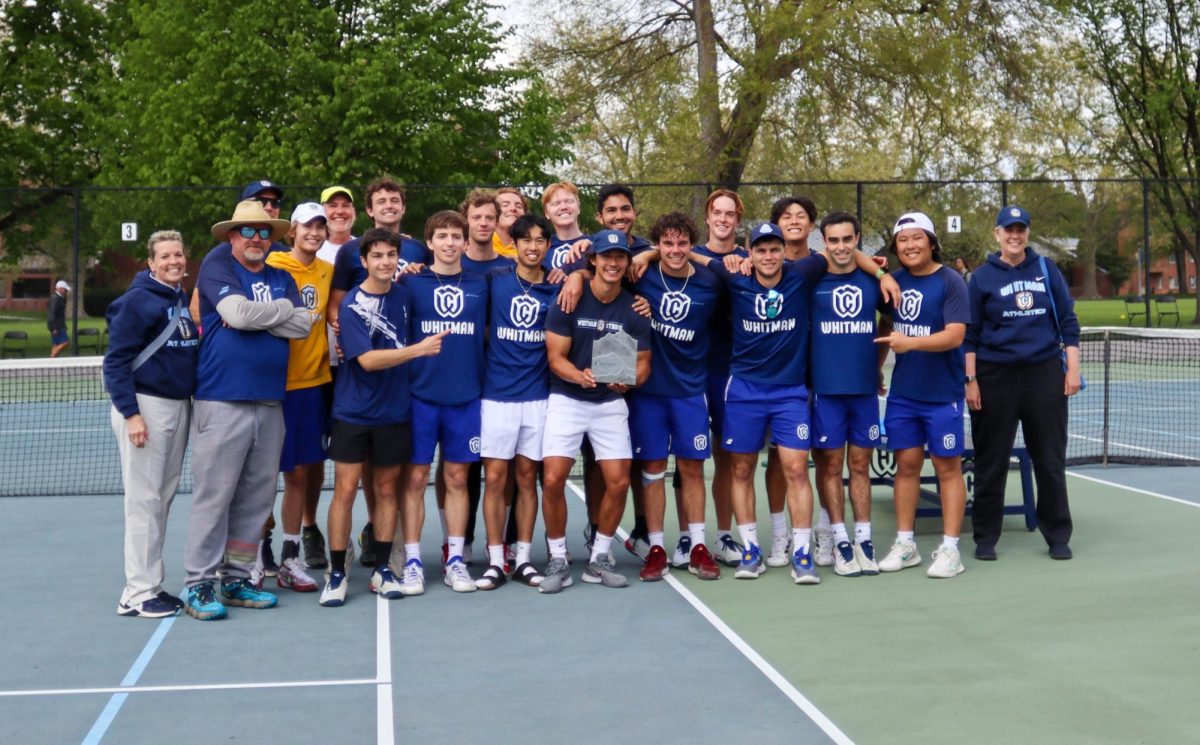
The Whitman Missionary is slowly dying. Don’t believe me? Take a walk around campus. Count how many times you run into “Marc the Missionary” or even see the term Missionary used. It’s harder than playing Where’s Waldo in Reid’s darkroom. Unfortunately, this disuse comes from a general misunderstanding of the Missionary.
Since its inception in 1905, the missionary has remained as a polarizing influence on campus. In fact, during its 107-year reign as the Whitman College mascot, there have been seven different movements to change the mascot. The reasons for a change involved things such as Whitman’s secularity and the Missionary’s obvious religious context, missionary groups’ abuse of the Native American population, and interestingly enough the fact that the length of the word Missionary made it difficult to fit into headlines. Difficulty to fit the mascot into headlines actually drove then Whitman News Service Director, Tim Marsh, to unofficially change the mascot from Missionaries to Shockers. This change lasted for five years, but ultimately died along with Whitman football in the late 1970s.
The different movements throughout history and interviews with current students have led to a three tiered approach to understanding the Missionary.
The first tier of the missionary comes out during a first reaction to the Missionary. This topical layer is characterized by an acknowledgement of the comedic sexual value of the mascot. Subsequently, the mascot is often viewed as unique or weird depending on who is asked. This tier is exemplified by the cheer, “Missionaries, Missionaries, We’re on Top!,” now a staple of Whitman fan culture. Whitties are certainly a fun quirky bunch, so the Missionaries uniqueness and sexuality serve as a way to bring people together through a shared joke.
The second tier looks a bit deeper at the missionary and its history. On this level people often point at the Missionary’s history as a reason to get rid of it. This is certainly a valid claim: Missionaries forced their beliefs upon others and were, many times, cruel to the Native Americans and other cultures they sought to convert. The Missionary is also a mascot with a distinctly religious connotation, and this point cannot be discredited either. However, this still does not really get at why the missionary can be a suitable mascot. It like the first tier is still not looking deep enough. This tier examines the history of the missionary, yet it doesn’t examine the intentions of missionaries.
The third tier gives rise to why the Missionary can be a fitting mascot. The third tier represents those who examine the ideas of the Missionaries themselves. These people believed so strongly in God and felt so moved by their religion that they wanted everyone to experience it. Isn’t this passion what Whitman seeks to engender in its students? Whitman as an institution, wants to mold students that have strong beliefs in a wide variety of academic subjects, and have them establish themselves in different parts of the world in order to better the world as a whole. Hopefully the students seek to impart their knowledge on others as well. This is a view of the missionary that is far underrepresented.
Are the historical implications of the missionary enough to get rid of Missionary as a mascot? The mascot’s history seems to deem the answer no, seeing as none of the student movements have been successful long-term. However, students want a fierce mascot to rally behind, and, in this case, the Missionary fails.
So after peeling this culturally invasive onion, what does the future hold for the missionary? The possibility of the missionary as a mascot is undercut by an apparent phasing out of the Missionary. It may never cease to exist, but it could certainly fade further into darkness, even more so than now, if possible. For example, this past weekend the Whitman Tennis Team was in Fredericksburg, Virginia for a tournament. On the game day pamphlet, Whitman was listed as “Whitman College Whits,” due to the fact that the school refers to its teams as the Whits as well as the Missionary’s disappearing act from the college website.
It is hard for students to be proud of a mascot that the school itself appears to want nothing to do with. The school redesigned the WC logo last year, showing it is committed to the WC as the visual representation of the school. The missionary is at its most important point; Whitman is emphasizing sports more than ever and an integral part of any collegiate sports team is the mascot. Thus, although the Missionary has great potential for a revitalization, it seems time to either recommit to the missionary or find a new mascot.






